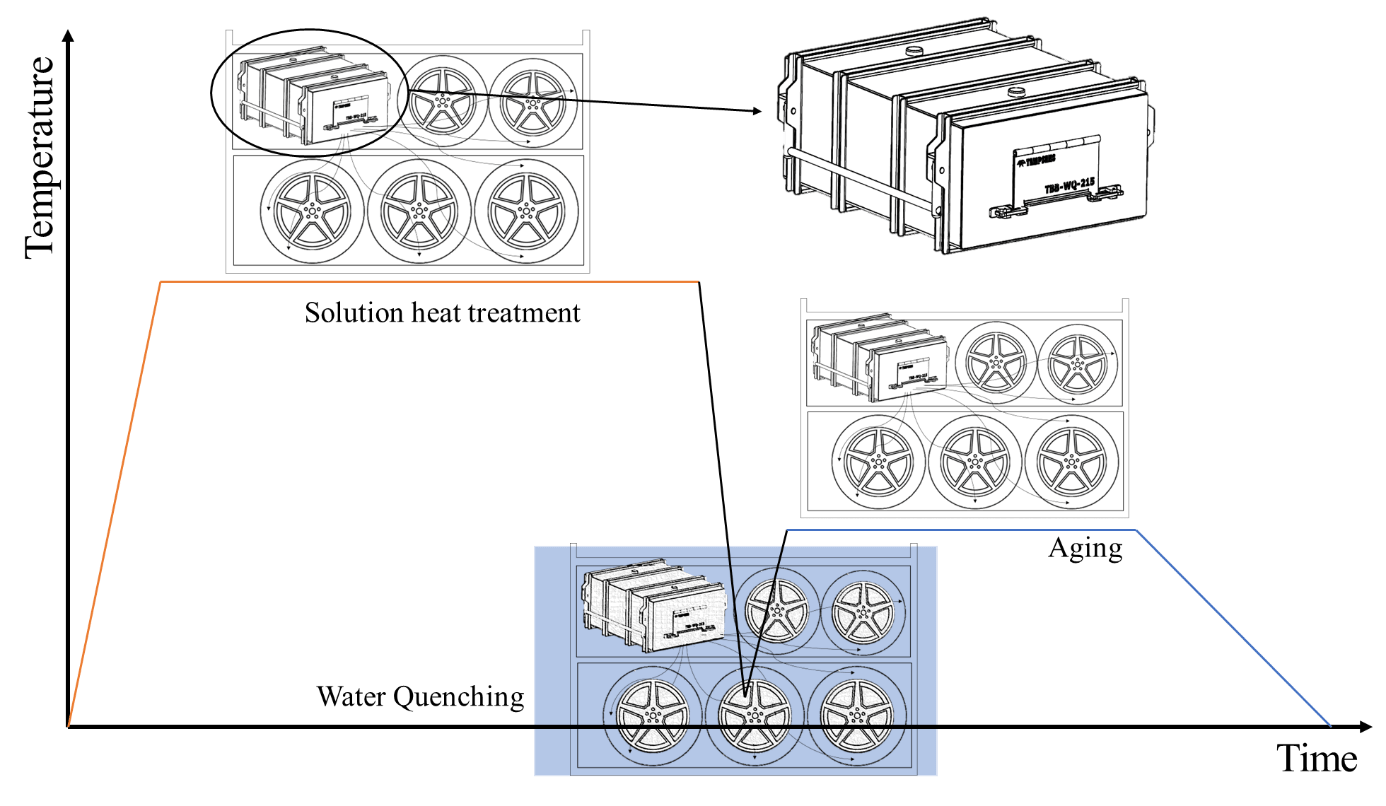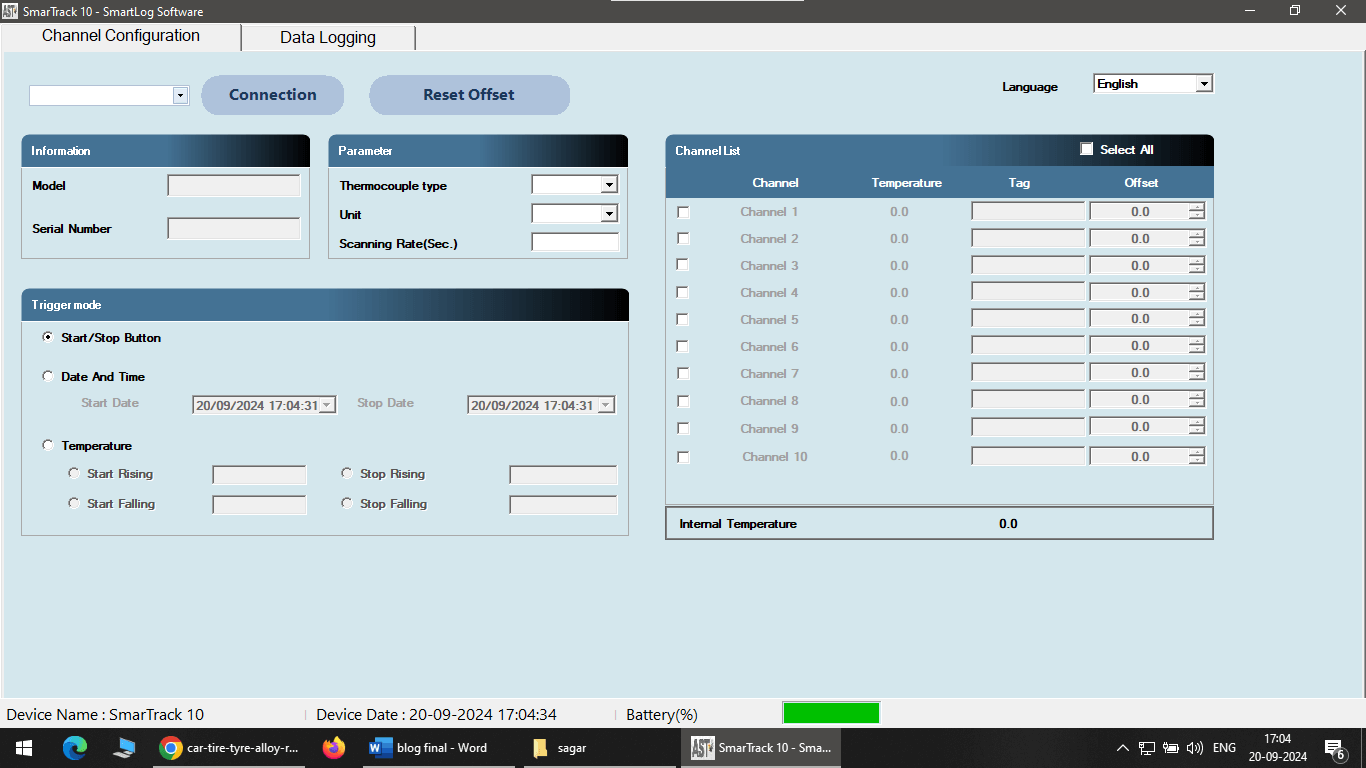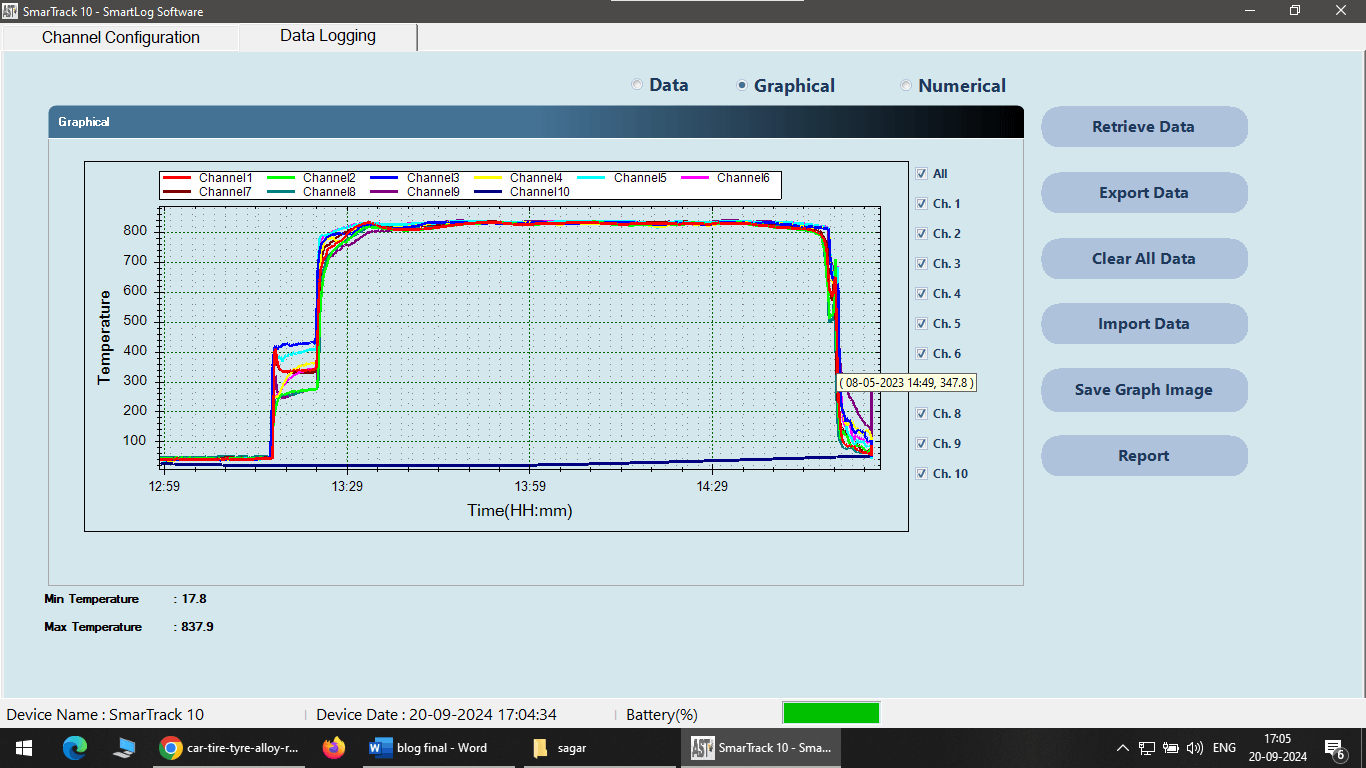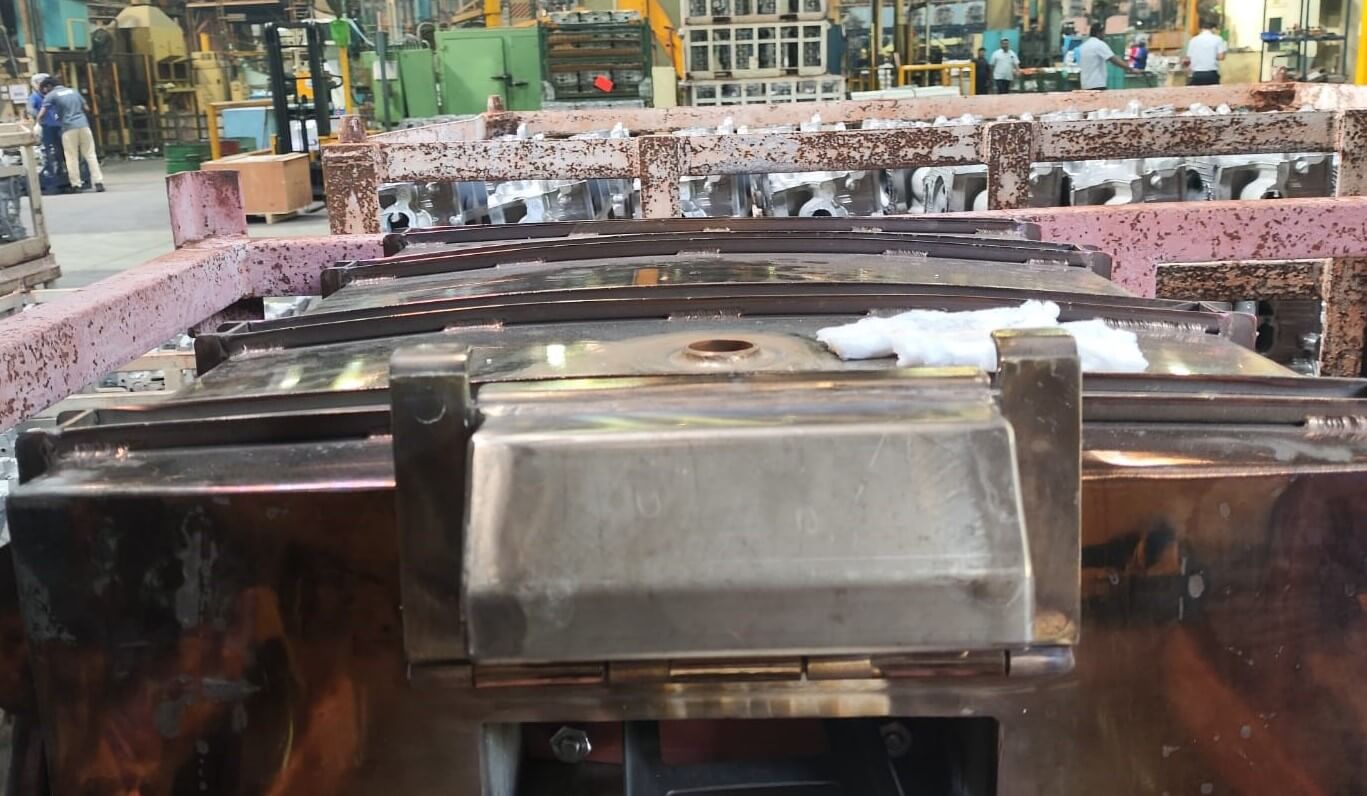Aluminum heat treatment is a critical process that alters the physical and mechanical properties of aluminum alloys, improving their strength, hardness, and durability. This method involves carefully controlled heating and cooling to achieve the desired material characteristics. Among the most widely used techniques are T6 and T7 heat treatments, which involve key steps such as solution heat treatment, quenching, and aging. The T6 process consists of three main stages: The T7 process is similar but includes an additional or modified aging step, designed to improve stability at higher temperatures and increase resistance to stress and distortion. Both quenching and aging play a vital role in determining the final properties of aluminum alloys. If quenching is not performed correctly, it can lead to warping or residual stresses. On the other hand, proper aging ensures that the alloying elements precipitate correctly, significantly boosting the metal's strength and hardness. Precise temperature control is essential during heat treatment, especially during the crucial quenching stage. Traditional methods often provide incomplete data, leading to errors. This is where the Thermal Profiling System from Tempsens transforms the heat treatment process by offering real-time, accurate temperature monitoring. Tempsens’ Thermal Profiling System includes a Thermal Barrier Box (TBB-WQ-215), a data logger, and thermocouples, all working together to provide real-time, precise temperature monitoring throughout the T6 or T7 process.      Key Features: Tempsens also provides advanced Thermal Profiling Software that delivers in-depth analysis of the heat treatment process. By monitoring the quench curve, manufacturers can ensure uniform cooling rates, minimizing risks of distortion, cracking, or residual stress. This accuracy helps achieve consistent mechanical properties, such as hardness and tensile strength. The Tempsens Thermal Profiling System, with advanced components like the TBB-WQ-215 thermal barrier box, ensures accurate temperature control, reducing defects and maximizing the quality of the final product. Whether performing T6 or T7 heat treatments, adopting thermal profiling can enhance efficiency, validate processes, and improve material properties. High Temp Felt Air Filter Bags
Our high temperature felt filter bags include P84(Polyimide),PTFE,PPS,Aramid and fiberglass filter bags. We not only manufacture the felt fabrics but also produce the filter bags by ourselves. So we can offer very competitive prices.In addition,we use the 100% pure fiber to manufacture the high temperature felt filter bags. For example, our aramid filter bags use 100% Dupont fiber. Superior quality and competitive prices can be offered.
High Temp Felt Air Filter Bags,PPS Needle Felt Filter Bags,Aramide Or Nomex Needle Felt Fitler Bags,FMS Composite Needled Felt Bags,Polyimide Or P84 Needle Felt Filter Bags,PTFE Needle Felt Memberane Filter Bags Shanghai Feizuo Environment Technology Co,.Ltd , https://www.fzfilter.com

T6 and T7 Heat Treatment Processes

The Importance of Quenching and Aging
The Role of Thermal Profiling Systems in Heat Treatment


How Thermal Profiling Enhances Quenching and Aging

Benefits of Thermal Profiling
Software for Data Processing and Temperature Analysis


How Thermal Profiling Enhances Quenching Accuracy

Aluminium Heat Treatment: An Overview of Thermal profiling system
